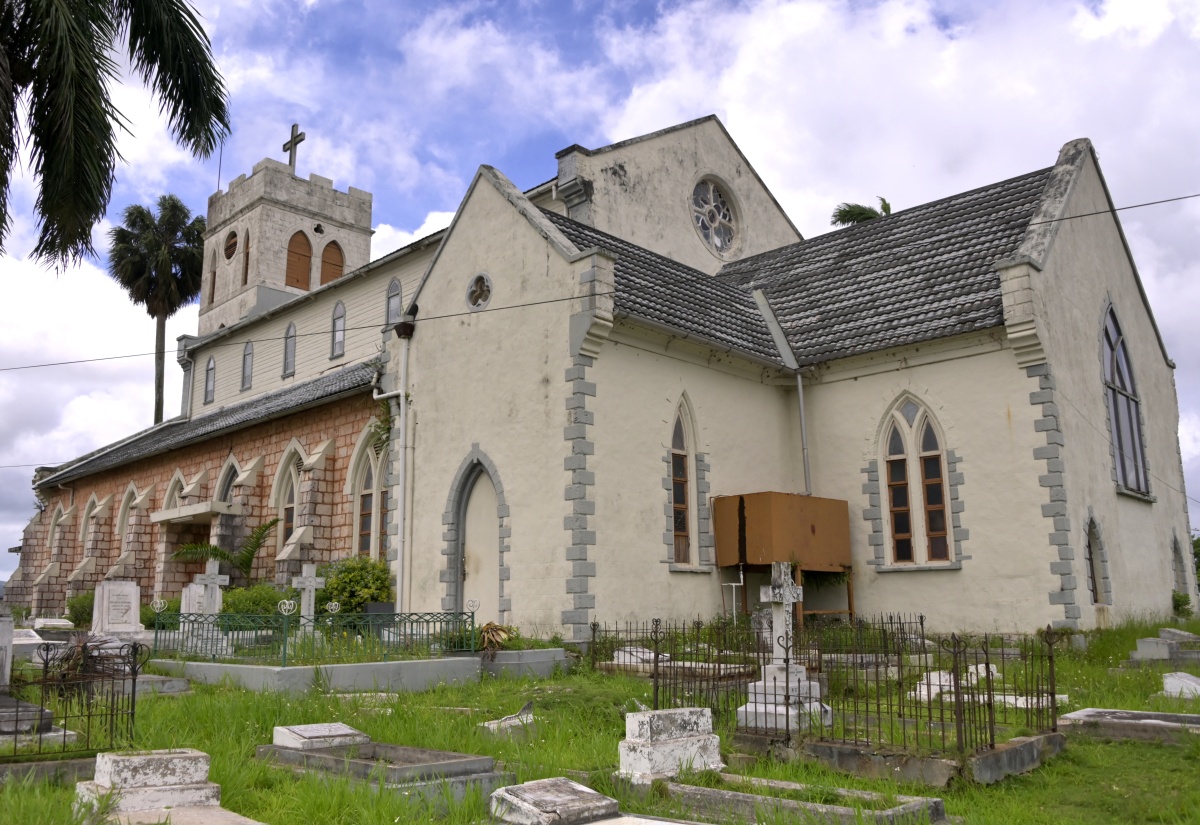Manchester Parish, located in west-central Jamaica within the county of Middlesex, is renowned for its rich history, notable figures, and captivating attractions. Established on December 13, 1814, the parish was formed by amalgamating sections of Clarendon, St. Elizabeth, and the former parish of Vere. It was named in honor of the then-Governor, the Duke of Manchester, while its capital, Mandeville, was named after his son, Viscount Mandeville.
Historical Background
In the early 19th century, coffee farmers from the hill districts of Clarendon, St. Elizabeth, and Vere petitioned for the creation of a new parish to better serve their religious, civic, judicial, and administrative needs. Their efforts culminated in the establishment of Manchester Parish in 1814. Unlike other regions in Jamaica, Manchester’s hilly terrain was unsuitable for large-scale sugar cultivation, leading to a smaller enslaved population prior to emancipation. After the abolition of slavery, many freed individuals settled in the area, cultivating coffee and other crops on hillside farms.
Notable Figures
Manchester has been the birthplace of several prominent individuals who have significantly contributed to Jamaica’s development:
- Norman Washington Manley: Born in Roxborough, Manchester, Manley was a distinguished lawyer and one of Jamaica’s National Heroes. He played a pivotal role in the country’s journey to independence and served as its first Premier. en.wikipedia.org
- Claude McKay: Hailing from Sunny Ville, Clarendon (which later became part of Manchester), McKay was a renowned poet and writer. His works have had a lasting impact on Caribbean and African-American literature. jamaica-homes.com
Attractions
Manchester boasts a variety of attractions that highlight its cultural heritage and natural beauty:
- St. Mark’s Anglican Church: Also known as the Manchester Parish Church, this historic building opened its doors in 1820. During the 1832 slave rebellion led by Sam Sharpe, the church’s organ loft was reportedly used as a jail, underscoring its significance in Jamaica’s history. my-island-jamaica.com
- Mandeville Court House: Completed around 1820, this limestone structure is a fine example of indigenous architecture. It was one of the four original public buildings in the town and initially housed the first school on its ground floor. my-island-jamaica.com
- Mandeville Hotel: Originally serving as barracks for English troops in the mid-1800s, the building was transformed into a hotel in the 1890s. Over the years, it became a central hub for social life among British retirees and local residents. my-island-jamaica.com
- Roxborough: The birthplace of Norman Washington Manley, Roxborough stands as a site of national heritage, commemorating the life and contributions of one of Jamaica’s foremost leaders. my-island-jamaica.com
Today, Manchester Parish continues to thrive, balancing its historical legacy with modern development. Its pleasant climate, welcoming community, and rich cultural heritage make it a notable region within Jamaica.


